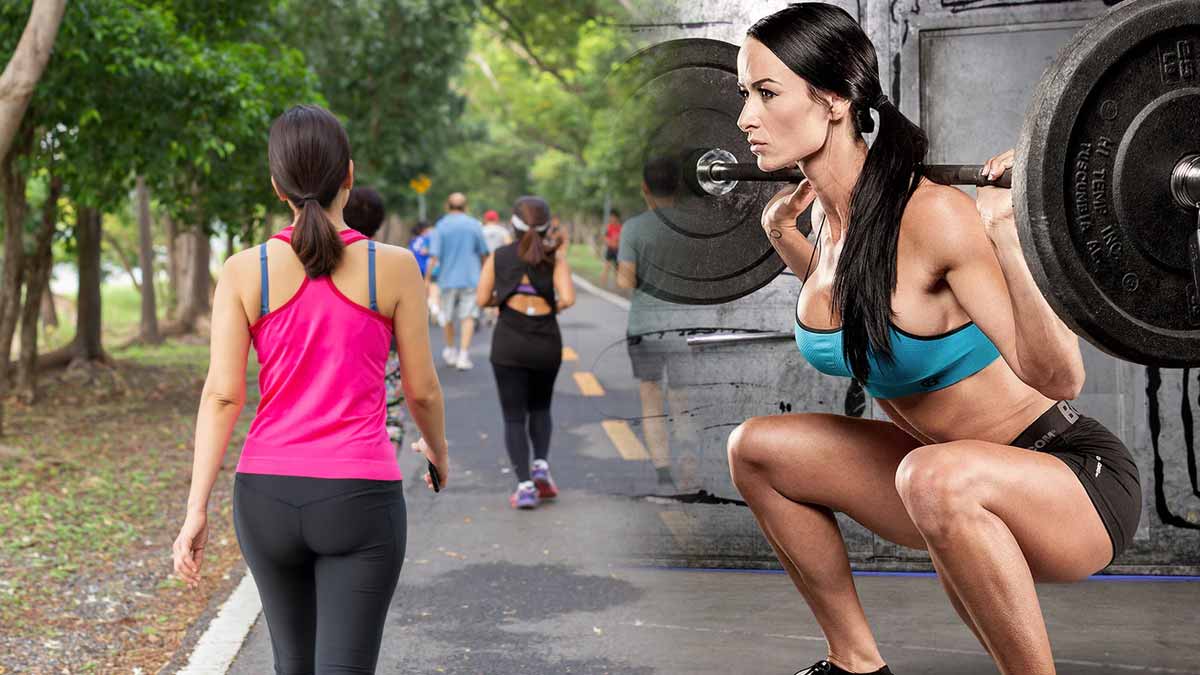Two everyday moves go head-to-head in a simple test with real stakes: after meals, glucose rises, energy dips, and focus fades. One of these quick habits delivers a sharper, faster effect on reducing blood sugar. The other helps, just not the same way. Here’s what sets the champion apart, how to use it in minutes, and when the runner-up still shines.
Why brief bursts beat long strolls for reducing blood sugar
A team led by Ying Gao at Zhejiang University tested 18 young men across four single-day trials. They sat all day, took a 30-minute stroll, did three-minute mini-walks every 45 minutes, or banged out ten fast squats on the same clock. Each trial used matched energy burn, so calories were not the hidden driver.
Squats and frequent mini-walks lowered after-meal glucose spikes by 21 percent versus nonstop sitting. That edge almost doubled the benefit of the single 30-minute walk. Muscles, it turns out, want repeated wake-ups, not one heroic push. This pattern echoes office studies showing that hourly movement trims cholesterol and insulin peaks. It also fits how we actually work.
Deskbound adults sit more than nine hours per day on average. Even active people fall into that trap. Breaking the day with tiny sessions helps. The science says it. Real life allows it. And it moves the needle on reducing blood sugar without complex plans.
Timing over totals: how small breaks keep muscles “on”
Short, steady nudges keep sugar disposal lines open. Three-minute strolls every 45 minutes came close to the squat effect, even though the breaks felt easy. The longer, once-a-day walk under-performed because the body cares about cadence. Muscles clear glucose best when they get nudged often, not only once.
Walking breaks help more than metabolism. They ease stiffness, lift mood, and need no floor space. That matters in cramped settings like planes, buses, or busy offices. When squats feel awkward, a hallway march works. You can still protect metabolic health with a plan that fits your space and schedule.
Energy balance did not explain the benefits in the lab. Researchers matched calorie burn across conditions. What changed was when and how muscles fired. Frequent contractions pulled sugar from blood in real time. That is the practical lever for reducing blood sugar during long workdays, when snacks and screens collide.
Big muscles, big gains: squats and reducing blood sugar
Why did squats shine? They recruit quadriceps and glutes, two of the body’s biggest engines. In the trial, higher average electromyogram signals in these muscles tracked with flatter glucose curves. Hamstring effort mattered less. As the authors noted, only increased activity in quads and glutes aligned with lower post-meal responses.
These fibers store lots of glycogen. When you squat, you empty those tanks fast. Later, insulin refills them, which can soften peaks at the next meal. Squats also create short oxygen dips in working muscle. That boosts lactate, a signal that nudges more GLUT4 transporters to the cell surface, where they shuttle glucose inside.
Lab work in human myotubes shows lactate can triple glucose uptake when it replaces sugar in the growth medium. Scientists agree that, after insulin or contraction, GLUT4 moves from storage to the membrane. This chain is simple in practice. Use big muscles. Use them hard for seconds. Then enjoy a measurable push toward reducing blood sugar.
From a 20-second routine to long-lasting effects
Ten deep body-weight squats take about 20 seconds. Set a 45-minute timer. When it beeps, stand up, do ten fast reps, sit back down, and carry on. You have matched the lab’s glucose benefit with almost no friction. If knees complain, swap in a three-minute corridor march. Consistency beats intensity, so make the breaks small and steady.
One session can help for up to two days. Physiologist Gregory Cartee notes that enhanced muscle and whole-body insulin sensitivity can last 24 to 48 hours after a single bout. Squats recruit more fibers per second than easy walking, so the window may stretch further. Stack that effect across months, and you get meaningful change with minimal effort.
There are caveats. Gao’s volunteers were healthy young men. Responses in older adults, women, or people with diabetes may differ. Diets outside the lab vary, too. Continuous glucose monitors over weeks will clarify real-world impact. The lactate-to-GLUT4 pathway still raises questions, yet the field sees promise. Meanwhile, this low-cost plan keeps reducing blood sugar simple and doable at work.
A simple schedule that fits busy days and works
You do not need a gym, fancy shoes, or extra time. You need a timer and a plan you will keep. Ten quick squats every 45 minutes, or a three-minute walk when squats are not possible, can cool glucose spikes. Pair those movement snacks with balanced meals, and the daily rhythm shifts. Small bursts, well timed, do more for reducing blood sugar than one long effort.
